After undergoing a tooth extraction procedure, one of the most pressing questions many individuals have is what foods can I eat after tooth extraction? Understanding the appropriate dietary choices during the recovery period is crucial for ensuring a smooth healing process and minimizing discomfort. Your diet following this significant dental event can impact your recovery, pain management, and overall health.
In this article, we’ll explore various aspects related to post-extraction nutrition, including essential guidelines, recommended foods, tips for eating, and vital care practices that will help you recover successfully.
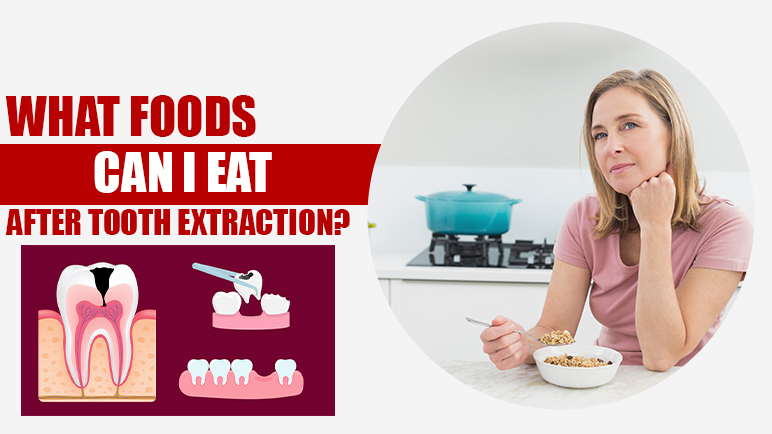
Importance of proper diet after tooth extraction
Tooth extraction, while often necessary for dental health, can be a daunting experience. Whether it’s due to decay, overcrowding, or wisdom tooth issues, the aftermath of the extraction can leave patients grappling with discomfort and uncertainty about what to eat. The healing process initiates as soon as the tooth is removed, and this phase requires careful attention, particularly when it comes to diet.
The importance of a proper diet cannot be overstated; it contributes significantly to how well and quickly the body heals. Foods that are easy to chew and swallow can aid in reducing irritation at the extraction site, helping to promote faster recovery while ensuring that you still receive the essential nutrients your body needs during this time.
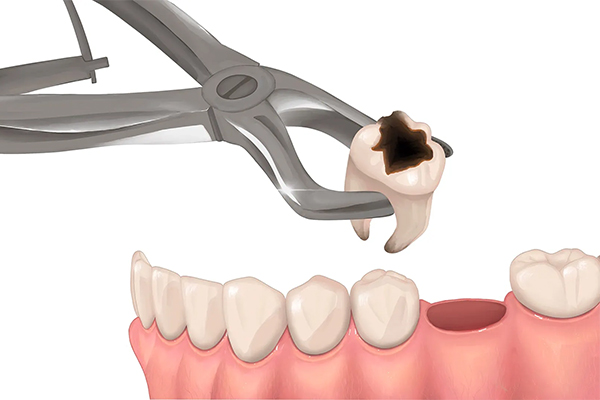
The healing process following a tooth extraction involves several biological responses aimed at closing the wound and restoring oral health. Blood clots form immediately after surgery, acting as a protective barrier and facilitating tissue regeneration. However, certain foods and behaviors can disrupt this delicate healing.
A proper diet aids in managing any pain while enhancing the body’s natural ability to heal. By choosing the right foods, patients can avoid unnecessary complications such as dry socket, which may arise from food particles irritating the extraction site.
What foods can i eat after tooth extraction?
After a tooth extraction, it’s important to eat soft, nutritious foods that are gentle on your mouth and promote healing. Here are some ideal options:
Soft foods to eat after tooth extraction
Now that we’ve covered foods to avoid, let’s delve into the types of foods that are beneficial for consumption after a tooth extraction. Soft foods are the cornerstone of post-extraction diets, allowing for easier chewing and digestion.
Yogurt is a fantastic option as it is creamy, easy to swallow, and packed with probiotics that can aid gut health. Smoothies and milkshakes are also excellent choices since they are nutritious and can be customized to your liking. Just be sure to avoid using straws, as the suction can dislodge clots.
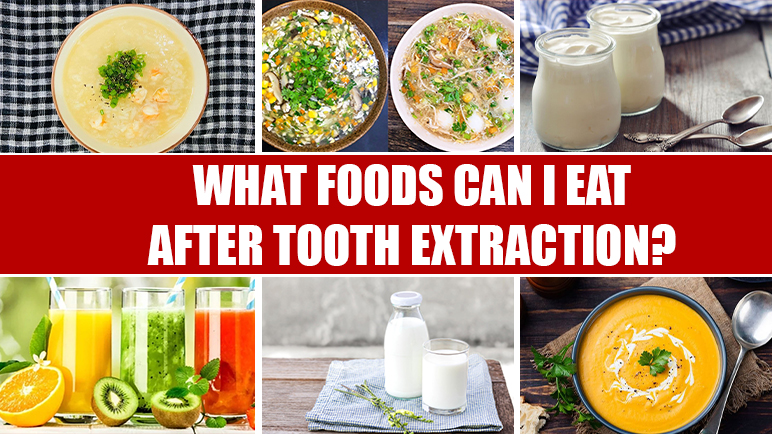
Mashed potatoes and soups (cool or lukewarm) are other comforting options that offer both sustenance and ease of consumption. Scrambled eggs provide protein without requiring much chewing, making them a reliable choice during recovery.
Soft fruits such as mashed bananas or applesauce are also highly recommended, providing essential vitamins while being gentle on the mouth. Puddings and Jell-O can satisfy sweet cravings without causing distress to the extraction site.
Cold foods
What to eat after molar extraction? Cold foods can bring additional relief during the recovery phase. Ice cream, in particular, is a favorite among many after dental procedures; it’s soothing and can help minimize pain and swelling. Frozen yogurt serves a similar purpose and can offer nutritional benefits if made from wholesome ingredients.
Opt for cold drinks, but remember to avoid straws. Straws can create suction that might dislodge blood clots, leading to complications. Instead, sip directly from a cup to stay hydrated while allowing your mouth to heal peacefully.
Nutrient-dense options
While focusing on soft foods is essential, don’t forget about incorporating nutrient-dense options into your diet. Foods rich in vitamins and minerals play a critical role in the healing process.
Consider adding pureed vegetables to your meals—carrots, peas, and squash can be blended into soups or eaten alone. These veggies not only provide nourishment but also offer antioxidants that combat inflammation.
You can also include protein sources like tofu, which can be easily mashed and added to dishes for extra substance. Incorporating these kinds of foods ensures you’re fueling your body appropriately throughout the recovery timeline.
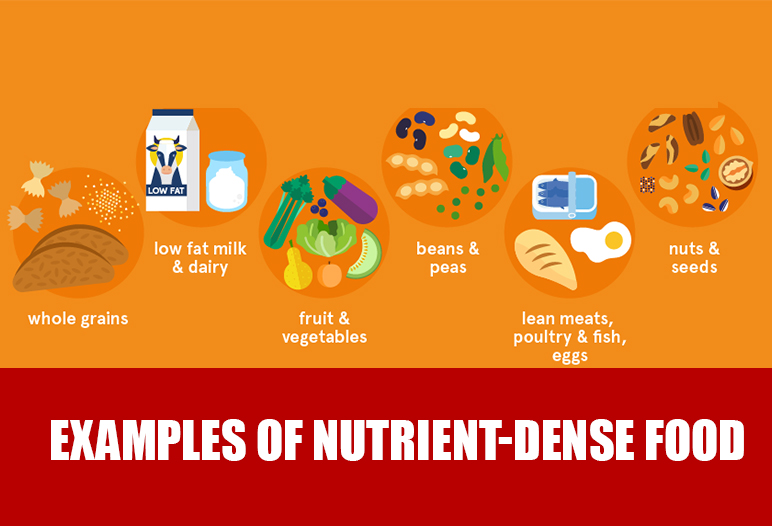
Tips for eating after tooth extraction
Here are essential tips to help you eat safely and promote healing after a tooth extraction:
Eat slowly and carefully
After a tooth extraction, it’s essential to approach eating with caution. Eating too quickly can lead to biting down unexpectedly on the extraction site, resulting in increased pain or bleeding.
Take your time and savor each bite. This approach allows you to gauge how your mouth feels and make adjustments if something causes discomfort. Eating slowly also enables better digestion, which can be beneficial as your body redirects energy toward healing.
Cool foods first
Starting with cool foods can be particularly advantageous. These foods can help numb the area temporarily and reduce the sensation of discomfort. Opt for items like yogurt or smoothies as a first meal after the procedure.
Cool foods not only soothe the extraction site but also help control swelling. Gradually introduce other soft foods as you feel more comfortable, always prioritizing what feels easiest on your mouth.
Cut food into small pieces
When consuming soft foods, cutting everything into small, manageable pieces is key. This technique makes chewing less strenuous and minimizes the chance of accidentally putting pressure on the site.

Additionally, smaller bites allow for better control and can help you enjoy your meal without the worry of causing further discomfort. A little preparation goes a long way in ensuring your dining experience is both enjoyable and safe.
Drink plenty of fluids
Staying hydrated is paramount during the recovery process. Drinking plenty of fluids aids in maintaining overall health and ensures that your body has the resources needed for healing.
However, be mindful of the temperature of the liquids you consume. Stick to cool or room-temperature options that won’t irritate the extraction site. Water is always a great choice, but consider herbal teas served cool or natural fruit juices as alternatives.
Foods to avoid after tooth extraction
After a tooth extraction, it’s important to eat foods that are gentle on the mouth and avoid those that can irritate the extraction site or slow the healing process. Here’s a list of foods to avoid:
Hard and crunchy foods
One of the most significant things to consider after a tooth extraction is avoiding hard and crunchy foods. Hard foods can disrupt blood clots that are vital for healing, leading to increased pain or even complications like dry socket.
Examples of hard and crunchy foods include nuts, seeds, and popcorn. These snacks may seem harmless but can pose a risk to your recovery. Additionally, chips and crackers can easily break apart in your mouth, causing sharp edges to come into contact with your extraction site.
Eating hard candies or ice is also discouraged. While ice might feel soothing initially, chewing on hard items can lead to discomfort and prolong your recovery time. Therefore, it’s best to eliminate these foods from your diet until you are fully healed.
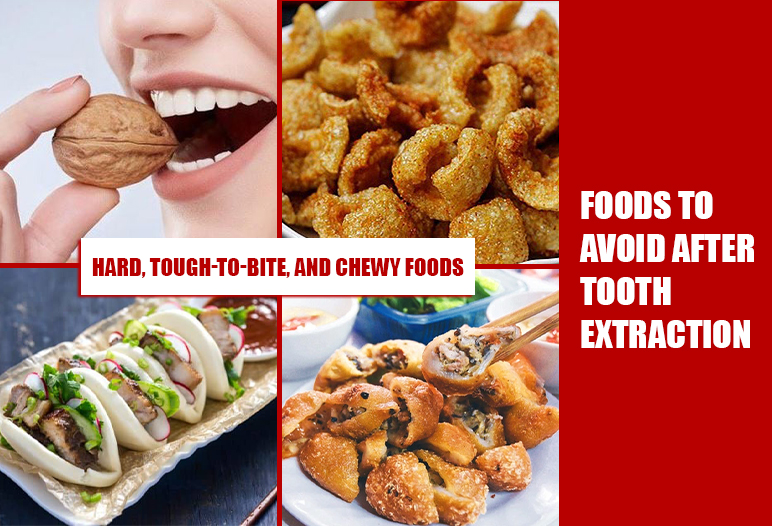
Chewy foods
Alongside hard foods, chewy foods should also be avoided during the recovery period. These types of foods require considerable effort to chew, which can create unnecessary strain on your jaw and the extraction site.
Gum and taffy are prime examples of chewy foods that can be problematic. They not only demand extensive chewing but can also stick to the area, potentially disrupting the healing process. Tough meats like steak or jerky can also be challenging to manage, often requiring vigorous chewing that could lead to pain and increased recovery time.
Sticky foods such as caramel or toffee can adhere to the extraction site, making it difficult to clean properly and increasing the risk of infection. For effective recovery, steer clear of all chewy foods during the initial healing phase.
Hot foods and beverages
Another important consideration post-extraction is the temperature of the foods and beverages consumed. Hot foods and drinks can irritate the extraction site and lead to increased discomfort.
For instance, steaming hot coffee, tea, or soup may feel soothing, but the heat can exacerbate swelling and irritation. Instead, opt for cool or lukewarm options that won’t put additional stress on your mouth.
Avoiding hot foods for the first few days after surgery allows your mouth to settle, creating a more comfortable environment for healing. As tempting as it may be to indulge in comforting warm meals, patience here will pay off in the long run.
Care after tooth extraction
Proper care after a tooth extraction is crucial for promoting healing, preventing complications, and managing discomfort. Here are detailed guidelines:
Pain management
Pain management is another crucial aspect of care after tooth extraction. Many individuals may experience discomfort in the days following the procedure, so understanding how to alleviate this pain is vital.
Your dentist may prescribe pain medication or recommend over-the-counter alternatives. It’s essential to follow their instructions carefully and take any medications as directed.
Ice packs can also be incredibly useful in reducing swelling and numbing the area. Apply an ice pack wrapped in a cloth to the outside of your cheek near the extraction site for 15-20 minutes at a time, taking breaks as needed.
Oral hygiene
Maintaining good oral hygiene is essential but must be approached with care after a tooth extraction. While it’s important to keep your mouth clean, avoid vigorous rinsing or brushing near the extraction site for the first 24 hours to prevent dislodging the clot.
Instead, gently brush your teeth, avoiding the extraction area. After the initial day, you can begin rinsing your mouth with warm salt water to help cleanse the area without being overly aggressive.
Signs of infection
Awareness of potential complications plays a crucial role in post-extraction care. Be vigilant for signs of infection, which may manifest as increased pain, swelling, or pus at the extraction site. Fever or difficulty swallowing can also indicate complications.
If you experience any of these symptoms, it’s essential to contact your dentist promptly. Early intervention can prevent further issues and facilitate a smoother recovery process.
Finding the best dentist for tooth extraction surgery
Tooth extraction is a common dental procedure performed to address issues such as decay, overcrowding, or impacted wisdom teeth. Finding the right dentist for this surgery ensures a smooth experience, minimal discomfort, and faster recovery. At Saigon Center Dental Clinic, we prioritize your comfort and care with advanced technology and experienced specialists.
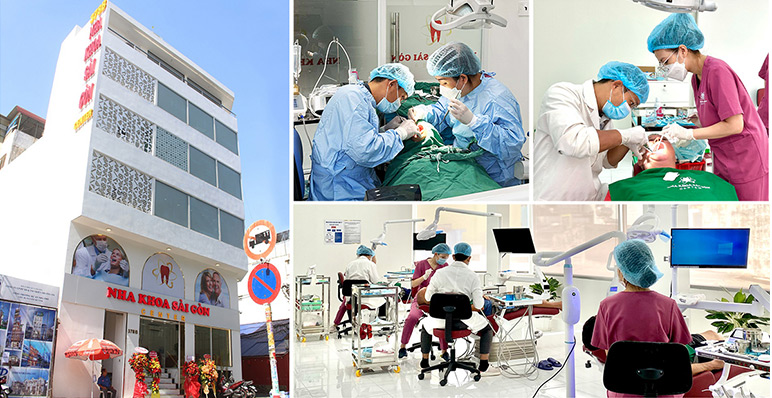
Why Choose Saigon Center Dental Clinic?
Expertise in Tooth Extractions: Our dentists are highly trained in performing simple and surgical extractions, including wisdom tooth extraction. With years of experience, they ensure precision and patient comfort.
Advanced Technology: We utilize state-of-the-art equipment to make procedures efficient and less invasive, reducing recovery time.
Affordable Pricing: The cost of tooth extraction at Saigon Center Dental Clinic is transparent and competitive. We offer consultations to provide you with a clear understanding of the expenses involved.
| WISDOM TOOTH EXTRACTION | DENTAL COST (USD) | DISCOUNT PRICE (USD) |
| Extraction of a mobile tooth | 120 - 160 | 80 - 120 |
| Wisdom tooth extraction (Upper) | 160 – 200 | 120 – 160 |
| Wisdom tooth extraction (Lower) | 240 - 280 | 200 - 240 |
| Impacted wisdom tooth extraction | 280 - 320 | 240 - 280 |
| Painless extraction with PIEZOTOME | 160 | 120 |
Comprehensive Aftercare: Proper recovery is key to a successful procedure. Our team provides detailed guidance on care after tooth extraction to help you heal quickly and avoid complications.
What to Expect During a Tooth Extraction Procedure
Consultation: Your journey begins with a detailed consultation. The dentist will assess your oral health, take X-rays, and determine the best approach for your needs. For those searching for “tooth extraction near me,” Saigon Center Dental Clinic is conveniently located to serve both local and international patients.
Procedure: Depending on your condition, the dentist may perform a simple extraction or a more complex surgical procedure, such as wisdom tooth removal. Local anesthesia ensures a painless experience.
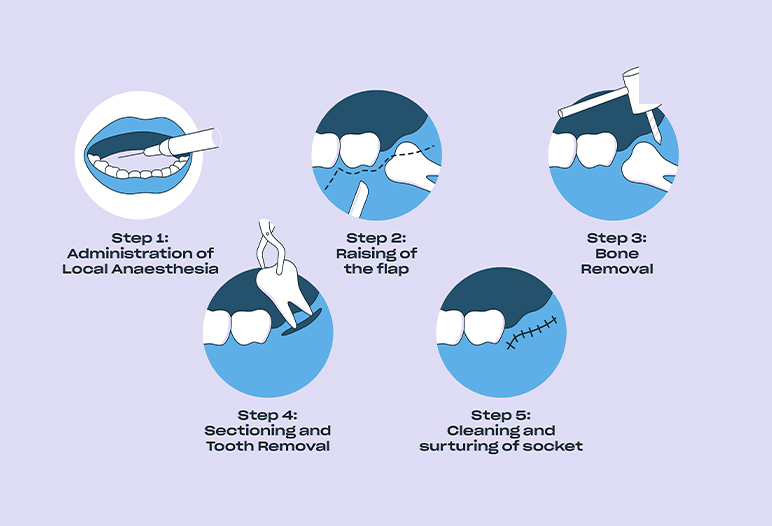
Aftercare Instructions: Post-surgery, you’ll receive personalized aftercare instructions, including what to eat, how to manage swelling, and when to follow up. Avoid hard or spicy foods and prioritize soft, nutrient-rich meals.
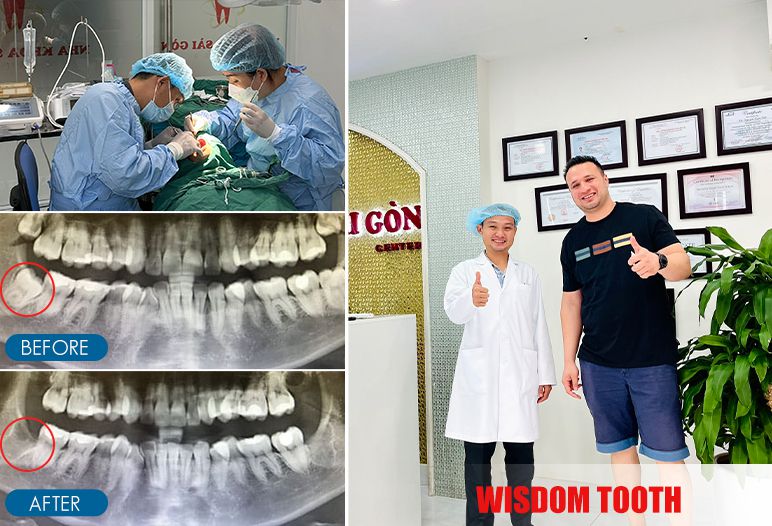
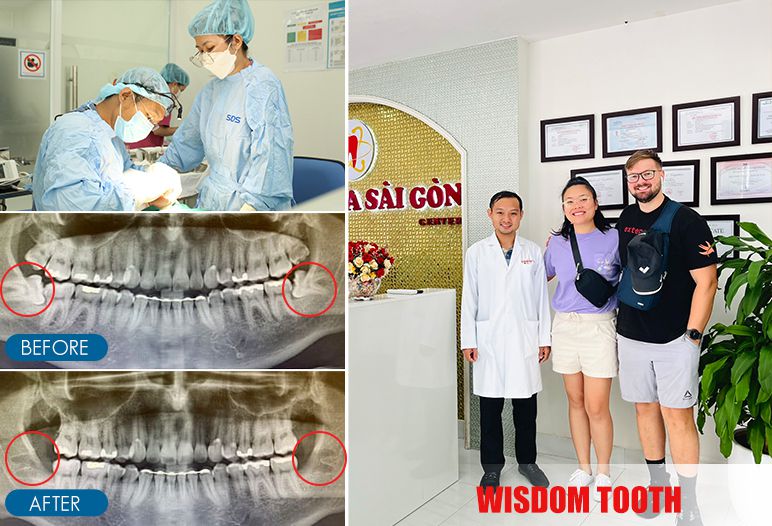
Review of patient
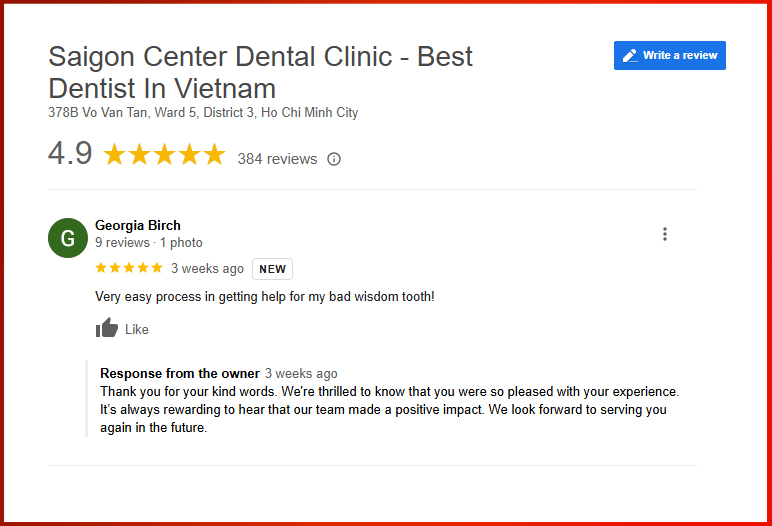
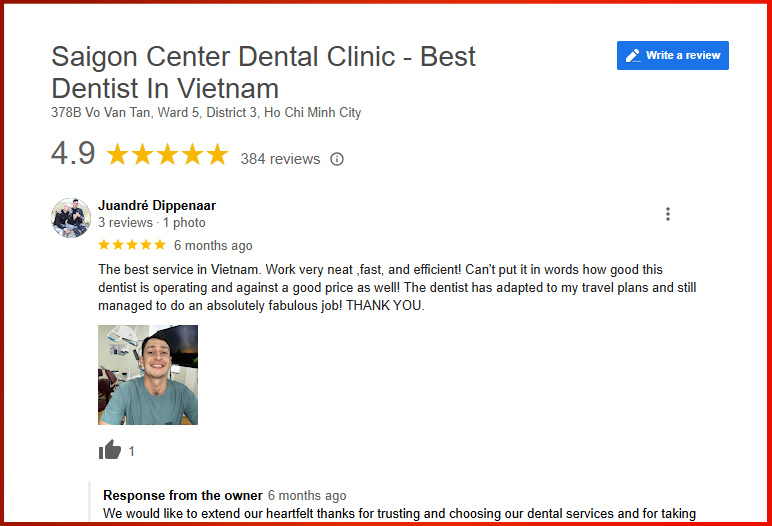
Conclusion
In summary, understanding what foods can I eat after tooth extraction is pivotal for a successful recovery. Adhering to dietary guidelines that emphasize soft, nourishing foods can significantly minimize discomfort and support the healing process.
By avoiding hard, crunchy, chewy, and hot foods, selecting appropriate soft options, and engaging in proper care techniques, individuals can navigate this recovery period with greater ease. It’s vital to listen to your body, prioritize your comfort, and consult your dentist regarding any concerns or complications. Through mindful eating and attentive care, patients can look forward to a healthy, pain-free return to their regular dietary habits.


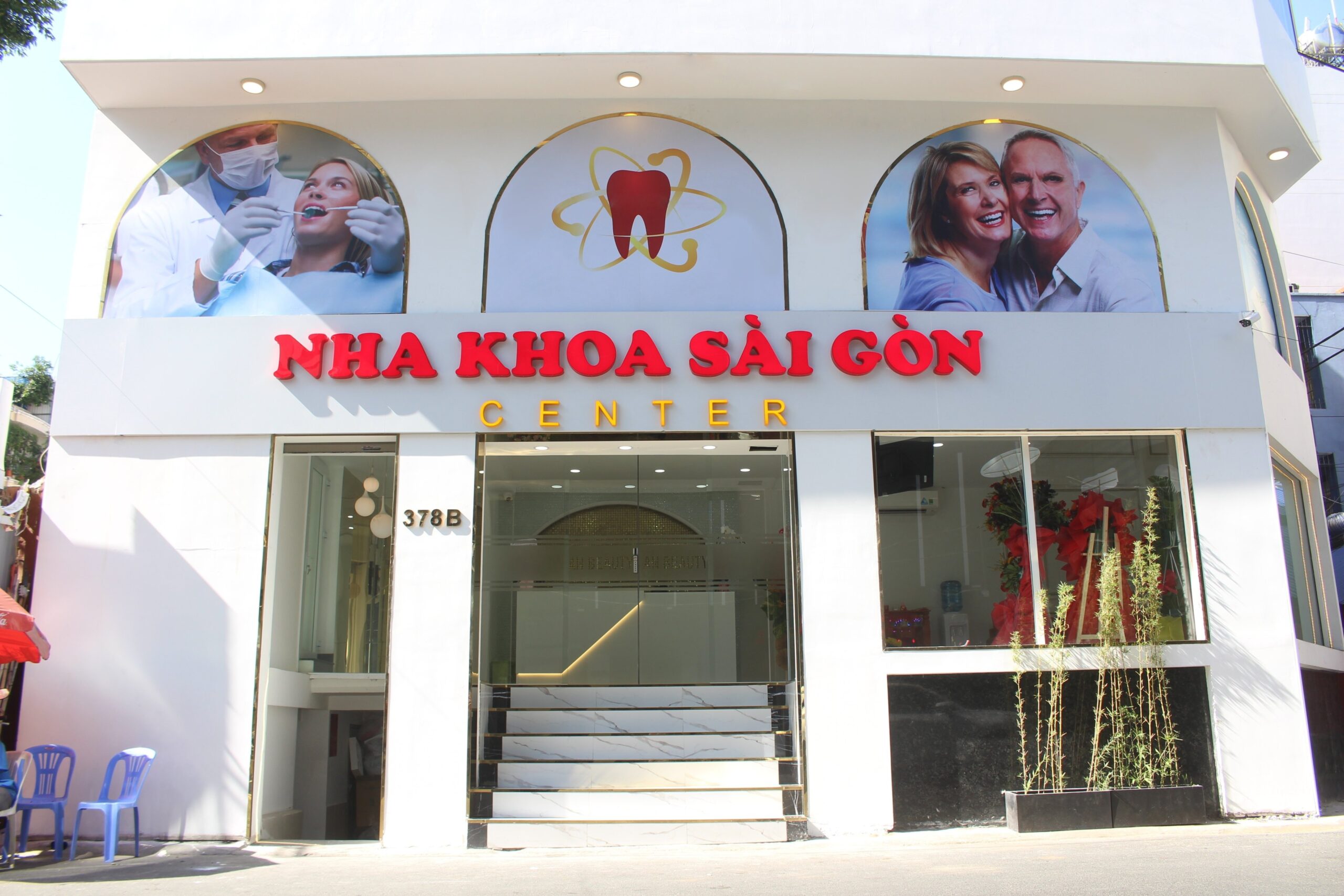
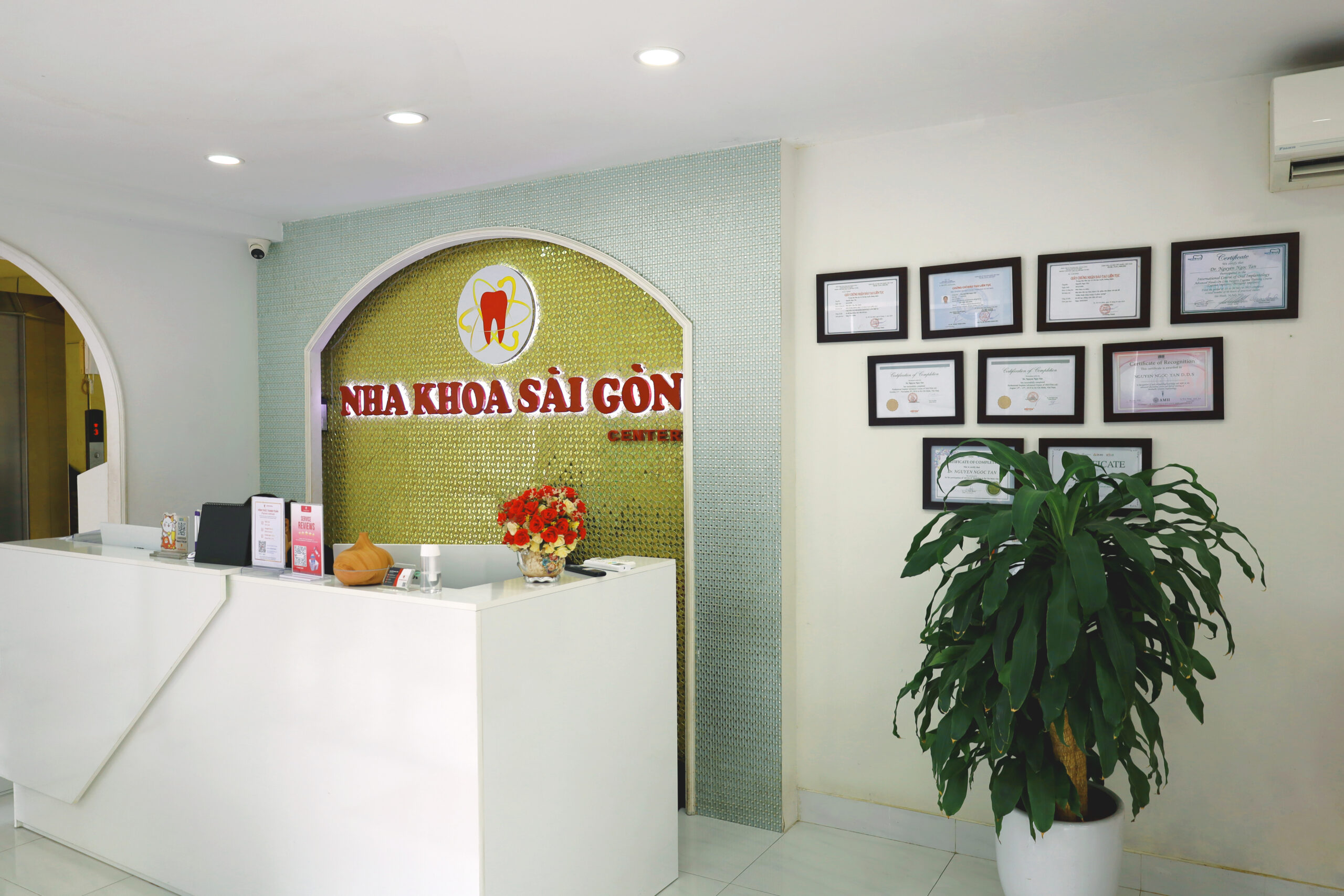

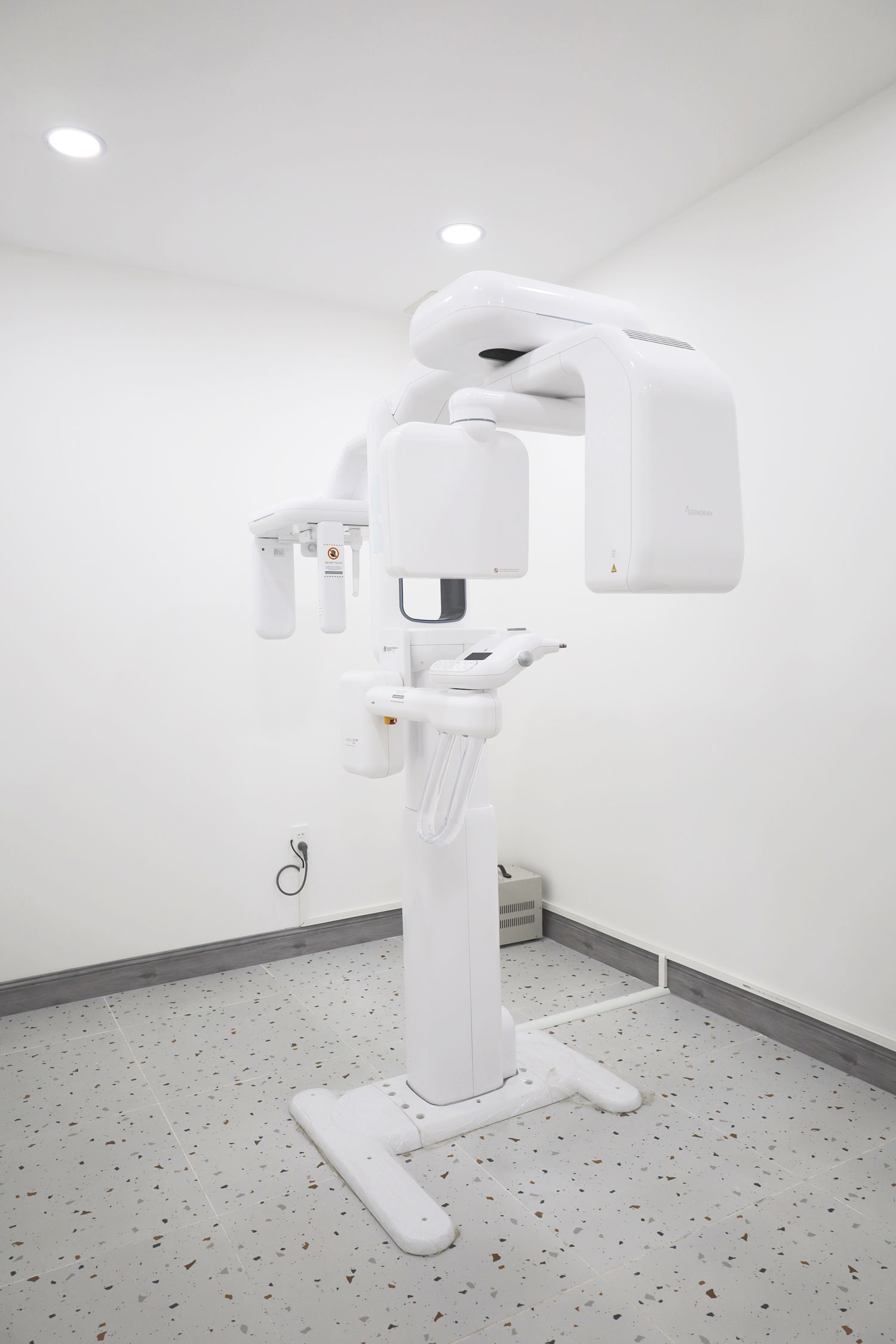



SAIGON CENTER DENTAL CLINIC
Best dentist in Vietnam
Saigon Center Dental Clinic is proud to be one of the most prestigious dental clinics in Ho Chi Minh City with a variety of services: Single dental implant, Full jaw dental implant (especially All On 4, All on 6, and Zygoma Implant), Cosmetic porcelain crowns, Porcelain veneers, Braces, Clear braces, Tooth fillings, Wisdom tooth extraction, Treatment of toothache...
SAIGON DENTAL IMPLANTS CENTER
Best dentist in Vietnam
Saigon Implant Center - Dental Clinic utilizes the latest technology for specialized treatment in the field of Single implant, full jaw implants, All on 4 implants, All on 6 implants, Zygoma implant....